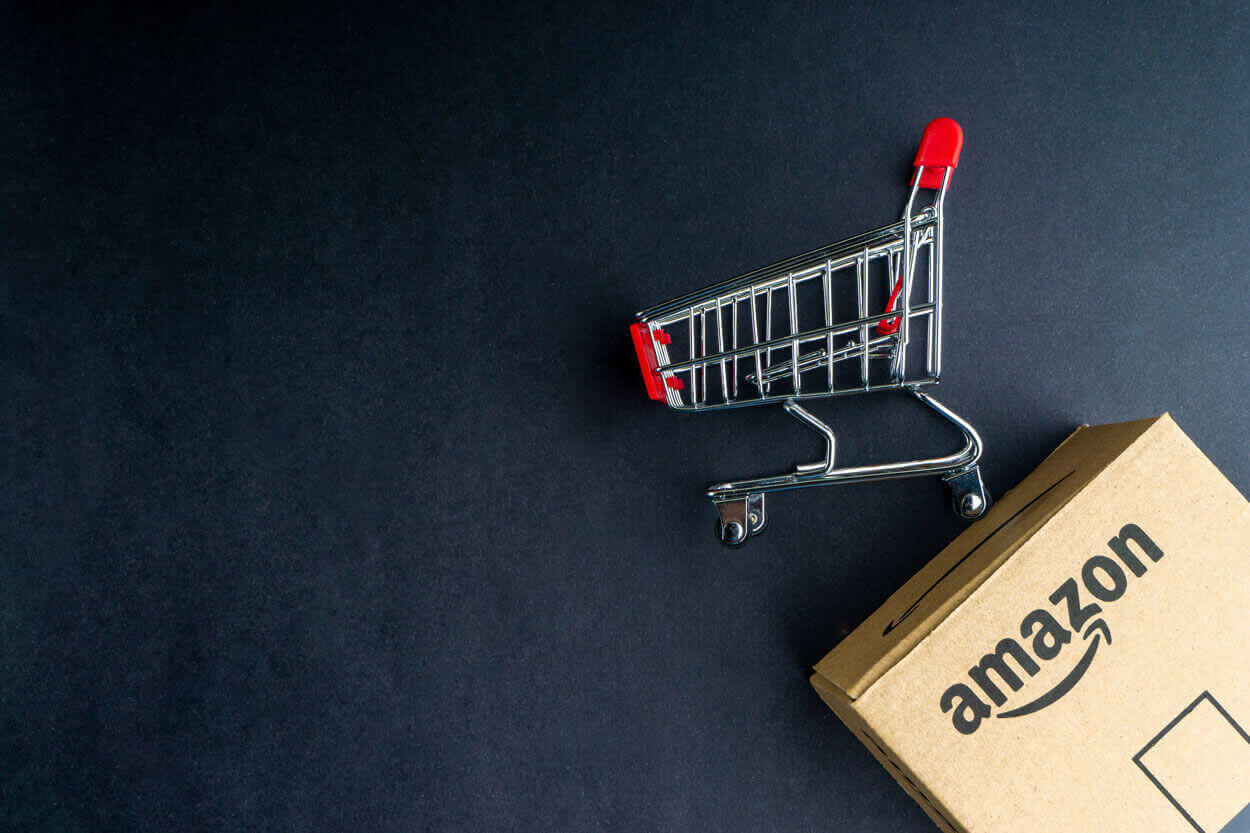How To Calculate & Improve Amazon Profit Margin

Understanding your Amazon profit margin is essential for any FBA seller aiming for success. It's the compass that guides your business decisions, helping ensure you're on a path towards profitability. But how do you accurately calculate this crucial metric and, more importantly, enhance it for better returns? Let's explore the steps to determine your Amazon profit margin and methods to optimize it effectively.
Understanding Amazon Profit Margin
Amazon profit margin is the percentage that represents the profit a seller makes from a product after all costs are subtracted from the selling price. It provides insights into how much money you're truly making after accounting for various expenses like product costs, Amazon fees, shipping, and marketing.
Simply put, if you're selling a product for $100 and your total costs amount to $75, your profit margin would be 25%. But in the dynamic landscape of Amazon FBA, numerous factors can influence this margin.
Calculating Your Amazon Profit Margin
To accurately calculate your Amazon profit margin, you need to consider several costs that impact your product's profitability.
- Product Costs: This includes the cost of manufacturing or procuring the product. If you're into private labeling, it also encompasses customization costs.
- Amazon FBA Fees: Amazon charges fees for using its FBA services, which include storage fees and fulfillment fees. These fees can vary based on the size, weight, and category of the product.
- Shipping Costs: Whether you're shipping your products to Amazon's fulfillment centers or directly to customers (in the case of FBM – Fulfillment by Merchant), there are costs involved. This includes the charges by your shipping provider and potential customs or duties for international shipping.
- Marketing and Advertising: If you're running ads on Amazon or promoting your products elsewhere, these costs should also be included in your calculations.
Once you've determined all these costs, subtract them from your product's selling price. Then, divide the resultant value by the selling price and multiply by 100 to get your Amazon profit margin percentage.
Strategies to Boost Your Amazon Profit Margin
One of the most direct ways to improve your profit margin is by reducing your product costs. This could involve negotiating better deals with suppliers, ordering in bulk to benefit from volume discounts, or even sourcing cheaper yet reliable suppliers.
Efficient Inventory Management
By managing your inventory efficiently, you can avoid high long-term storage fees that Amazon imposes. Use inventory management tools or software to ensure you're not overstocking products and incurring unnecessary costs.
Refine Your Advertising Strategy
While advertising is essential for visibility on Amazon, it's crucial that your ad spend translates into sales. Regularly review your advertising campaigns, targeting more profitable keywords, and optimizing your ad spend to ensure a good return on investment.
Analyzing and Adjusting
The e-commerce landscape, especially on platforms like Amazon, is ever-evolving. Hence, periodically revisiting your costs and profit margins is essential. Use analytics tools provided by Amazon, like the Business Report, to gain insights into your sales trends and costs. Adjust your strategies accordingly to stay ahead of the curve.
Your Amazon profit margin is a testament to your business's health. Regularly calculating and analyzing it provides a clear picture of where you stand. By proactively optimizing costs and strategies, you can ensure that your FBA business remains profitable in the long run.
